Engines of Wow, Part III: Opportunities and Pitfalls
This is the third in a three-part series introducing revolutionary changes in AI-generated art. In Part I: AI Art Comes of Age, we traced back through some of the winding path that brought us to this point. Part II: Deep Learning and The Diffusion Revolution, 2014-present, introduced three basic methods for generating art via deep-learning…
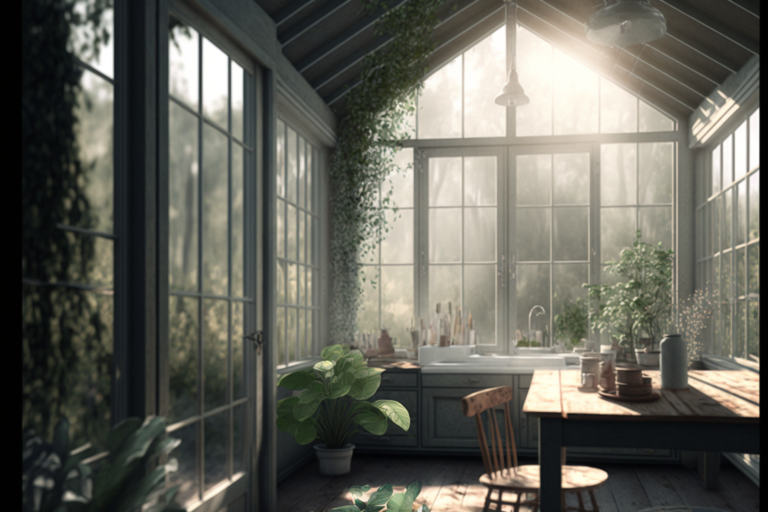
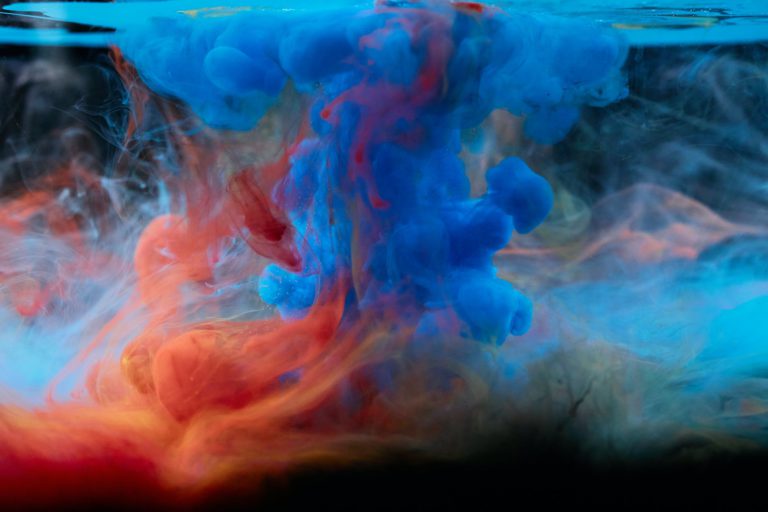
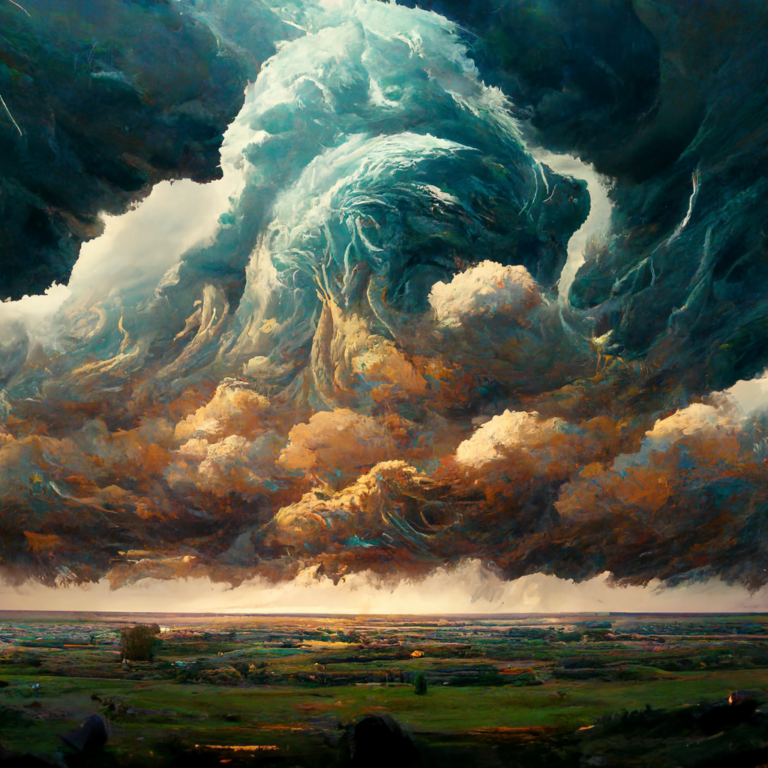


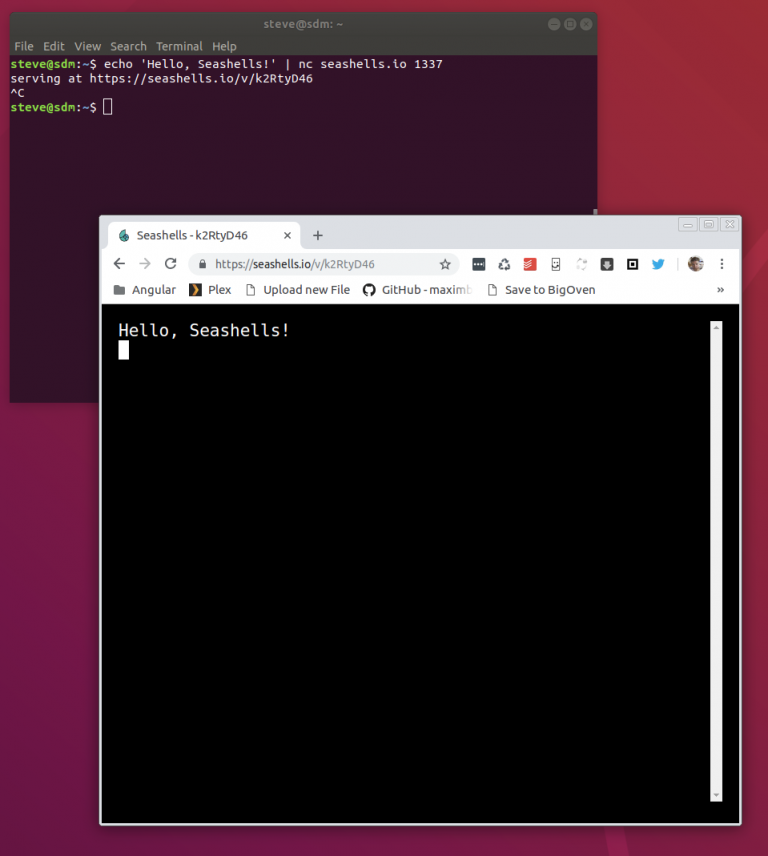
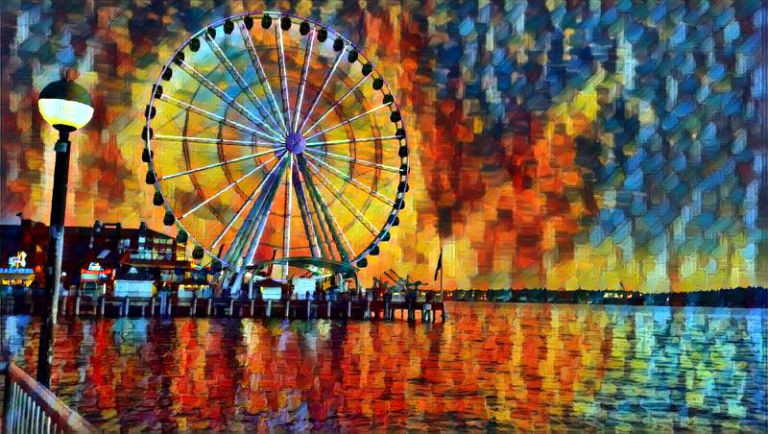
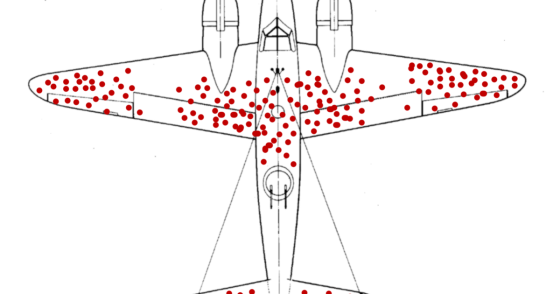
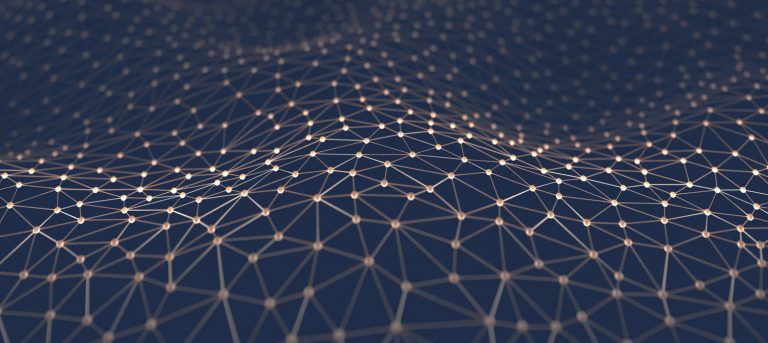
You must be logged in to post a comment.